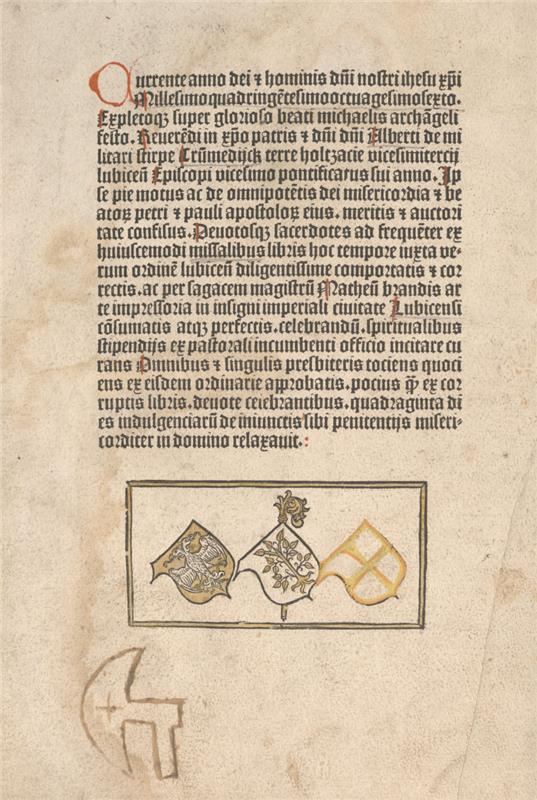In 2025, we will celebrate the Year of the Estonian Book, marking 500 years since the first recorded mention of an Estonian-language printed work. Historical sources tell us that in 1525, the Lübeck council confiscated a barrel full of Lutheran books at the Golden Horn tavern. Among them were also texts in Livonian—though it remains debated whether this refers to the Livonian language or the Low German dialect spoken in Livonia at the time—as well as Mass texts in Latvian and Estonian. This highlights that the emergence of Estonian-language books took place within a multilingual literary culture.
However, printed books had reached Estonia even before the first Estonian-language publications appeared. This year, we aim to shed light on the early book culture into which Estonian-language books eventually found their place. To this end, we will showcase a different incunabulum each month in the digital library ETERA. Incunabula, or cradle books, are works printed from the invention of the printing press up to the year 1500 (inclusive).
The first featured incunabulum of the year is Missale Lubecense (“The Lübeck Missal”), a Latin missal printed in Lübeck in 1486 by Matthaeus Brandis. Find out more in ETERA!

